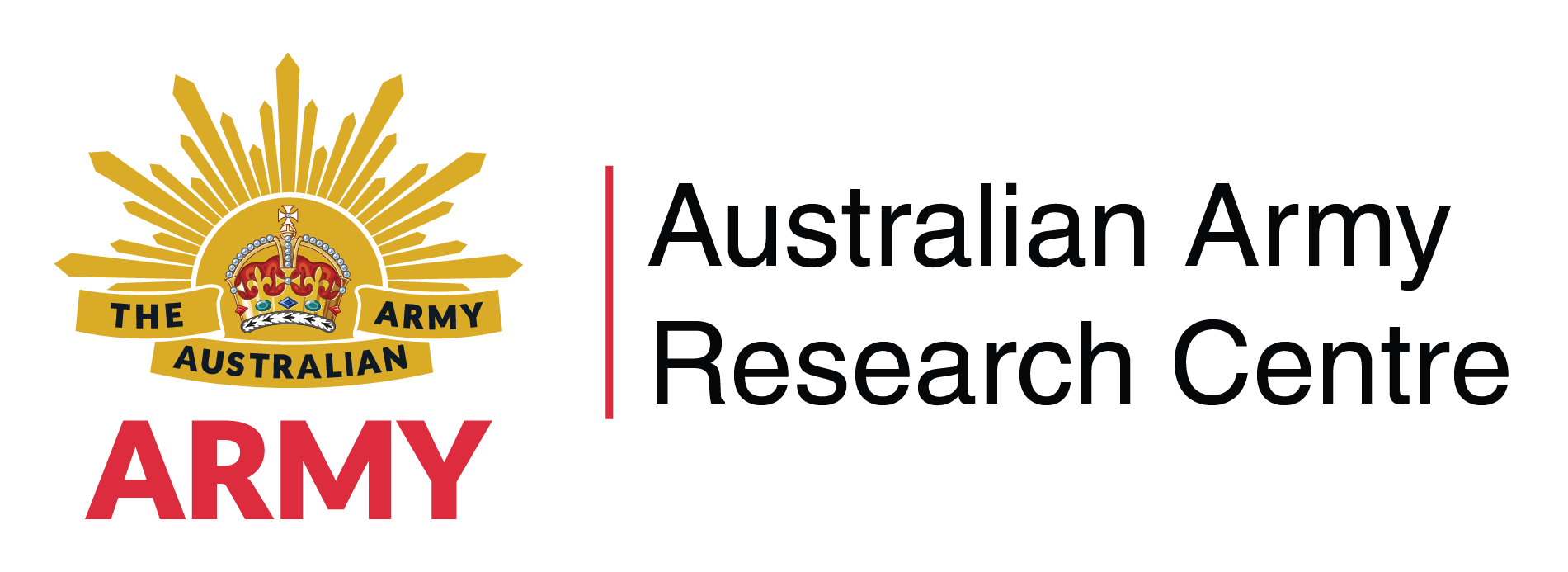Search
Using the filters to the left, click your selection, it will become bold and filter the results, click it again to remove that filter.
On 11 September 2001, the United States homeland was subjected to a complex, coordinated and devastating terrorist attack. In less than two hours, New York’s World Trade Center and a portion of the Pentagon had been destroyed, and four commercial airliners had been lost with all passengers and crew. The death toll from these attacks was over three thousand, causing the United States to respond to the tragedy by declaring a ‘war on terrorism’. President George W. Bush stated that the elimination of …
This article is about contemporary dismounted infantry tactics. It argues that the Australian Army should reconsider some aspects of its approach to manoeuvre and suppression in the close battle. The article does not argue for a particular solution. Rather, it highlights some apparent problems with our current doctrine and poses a challenge to innovate, and to debate the issues. The aim is to encourage professional debate about tactical innovation within infantry. Whether that debate takes place in the …
Since becoming Chief of Army in the middle of 2002, I have been guided by a core question: ‘How will the Australian Army operate in a post-Cold War world of failing states and non-state actors?’. At the beginning of the 21st century, there can be little doubt that the Australian Army faces an environment in which the forces of globalisation and fragmentation are simultaneously challenging many of our traditional ideas about the character of military power. We are faced with multiple challenges across a …
On the eve of Operation Iraqi Freedom on 19 March 2003, the Commanding Officer of the British Army’s 1st Battalion of the Royal Irish Regiment, Lieutenant Colonel Tim Collins, addressed his 800 soldiers at Fort Blair Mayne desert camp, some 20 miles south of the Iraqi border. The rousing speech was commended by the Prince of Wales and was circulated by the White House. It is published here with the kind permission of the British Information Services. 1 We go to liberate, not to conquer. We will not fly our …
The phrases niche force or niche capability are currently being bandied about as a way to describe current Australian contributions to coalition operations. In a military, if not political, sense this concept may lead to the stagnation of the Army’s ability to conduct military operations. The concept of a ‘niche force’ is founded on the notion that it is appropriate to make force contributions whose specific capabilities are disproportionate to the actual investment of resources and personnel. This …
By the Sword: A History of Gladiators, Musketeers, Samurai, Swashbucklers and Olympic Champions Written by: Richard Cohen, The Modern Library, New York, 2002, ISBN: 9780812969665, 519pp. Review Essay by: Michael Evans It is well known that sword fighting is an excellent training ground for developing the reflexes of military professionals. In 1954, the International Council for Military Sports placed fencing at the top of recommended sports for military elites, particularly modern air-combat pilots. …
To The Editors, I have just commenced reading the new Australian Army Journal . I note that the Introduction states that the AAJ is to be ‘a professional Journal in which officers can record their ideas, views and experiences’. The Introduction goes on to state that ‘the AAJ welcomes articles, review essays and letters from all serving officers’. Are these phrases meant to suggest that the Army’s enlisted soldiers will never have anything to offer the revived journal? Warrant Officer M. Levine Regimental …
Introduction The Retrospect section of the Australian Army Journal: For the Profession of Arms ( AAJ ) is designed to reproduce interesting articles from the Australian Army’s earlier journals, notably the Commonwealth Military Journal and the Australian Army Journal from the 1940s to the mid 1970s. In this edition of the journal, we are reprinting an edited excerpt from Lieutenant Colonel S. C. Graham’s study on the use of tanks in tropical conditions. The study first appeared in the June 1955 edition of …
* The author wishes to acknowledge the invaluable assistance of Mr Les Graw of the Foreign Military Studies Office, Center for Army Lessons Learnt, US Army, in developing the ideas in this article. Recent conflicts in the former Soviet Republics of Central Asia have demonstrated the difficulty of dealing with insurgent forces that are well equipped with small arms, especially the rocket-propelled grenade (RPG) in urban operations. This article seeks to show how the Russian military has dealt with the …
In the future, the use of reconnaissance is likely to be an important feature in the Australian Army’s approach to conducting urban operations. Yet reconnaissance for the urban military environment is underdeveloped in current land-force doctrine. This is a paradox in an army with a heritage of strong patrolling and intelligence gathering stemming from the time of World War I. The aim of this article is to discuss the significance of the art of reconnaissance in modern urban operations and to examine what …
